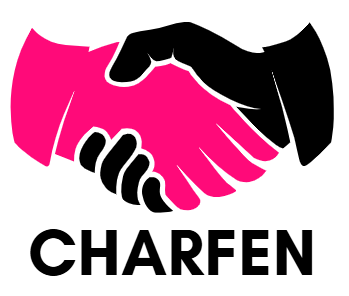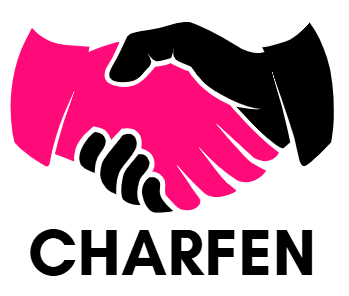Ask any entrepreneur what scaling a business feels like, and most will give the same answer: a climb. Long stretches of effort, unpredictable weather, and brief moments of clarity where you finally see how far you’ve come.
Climbing Africa’s tallest mountain with the official Kilimanjaro climb organisers mirrors the entrepreneurial journey more closely than almost anything else. Both require vision, structure, endurance — and the humility to admit that success is rarely a straight path upward.
The Ascent Begins with Structure
No climber reaches 5,895 metres by improvising. The most successful expeditions rely on clear systems: pacing schedules, acclimatisation plans, contingency protocols. Business growth works the same way.
Founders often rely on instinct at first — the “just-go” energy that gets a company off the ground. But at altitude, instinct isn’t enough. You need operational systems that allow your team to move together, even when visibility drops. Scaling isn’t about adding chaos; it’s about creating clarity.
Resource Management: Every Ounce Matters
A Kilimanjaro climber knows that every extra kilo in their pack will cost them later. Every decision — from what to carry to how to spend energy — has compounding effects higher up.
In business, the same principle applies. Founders must constantly assess where their resources are best used — time, capital, attention. The comprehensive Kilimanjaro climb cost breakdown is a fascinating parallel: understanding what to invest in (guides, gear, logistics) and what to cut mirrors how high-growth companies evaluate ROI across teams and tools.

Pace Over Pressure
One of the most important words on the mountain is “pole pole” — Swahili for slowly, slowly. Climbers who push too fast too soon burn out before the summit. Those who pace themselves win.
It’s the same in business. Scaling sustainably means balancing ambition with endurance. Leaders who insist on hyper-growth without capacity planning often reach altitude sickness in the form of burnout, turnover, or cash-flow strain. Long-term growth is about rhythm, not speed.
Altitude Mindset: Vision Through Uncertainty
At high elevation, the horizon blurs. Leaders experience the same thing during periods of rapid growth — where decisions carry more risk and visibility shrinks. That’s when mindset matters most.
Strong climbers don’t look at the summit; they focus on the next step, the next breath. Founders who apply that discipline — tackling one measurable outcome at a time — build momentum that compounds naturally.
The View from the Summit
When the clouds clear, the summit of Kilimanjaro offers silence and perspective. You see every layer you’ve passed through — rainforest, rock, ice — each marking a phase of progress. Business leaders who reach their own peaks often say the same thing: growth wasn’t about the numbers. It was about the transformation that happened on the way up.
Scaling is never easy. It tests endurance, adaptability, and trust. But if you build systems, protect your pace, and lead with clarity, the summit is more than possible — it’s inevitable.












